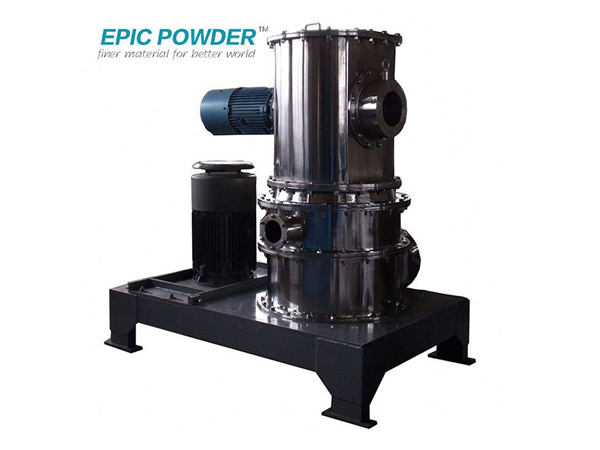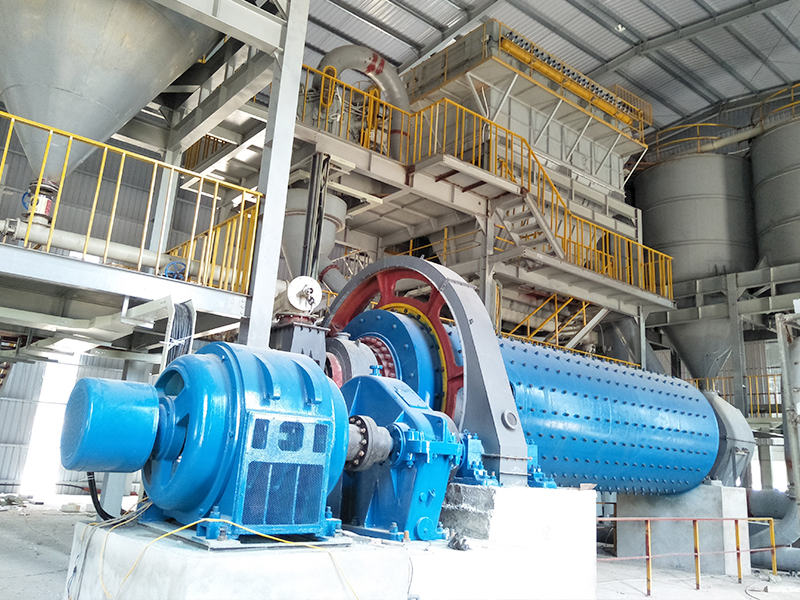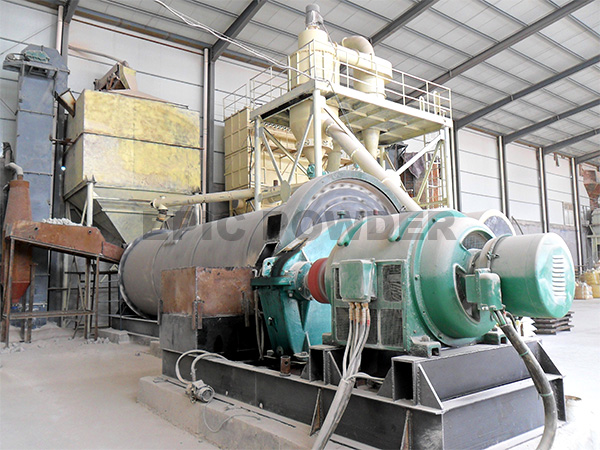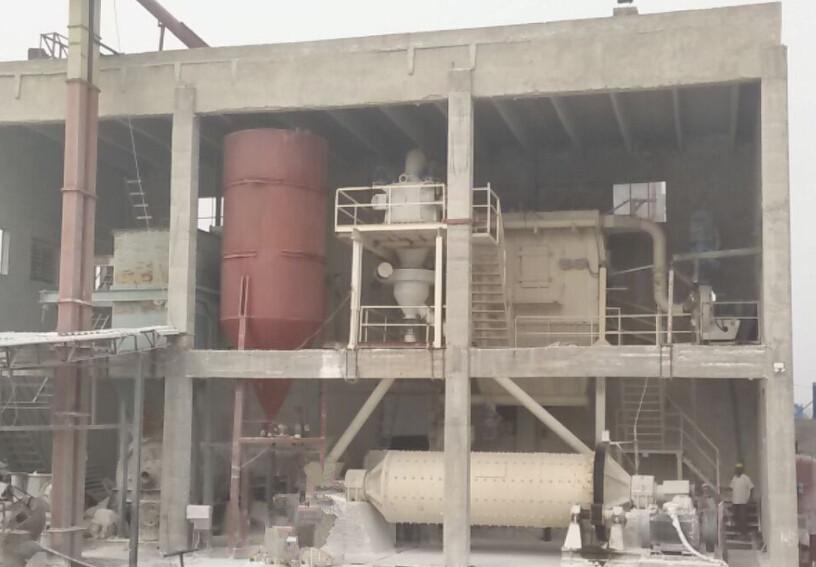NO. 369, Road S209, Huanxiu, Qingdao City, China
Shell Powder,Shell Powder Grinder,Air Classification Mill

Seven Promising Applications of Shell Powder
Shell is an important biomineralization material, composed of 95% of calcium carbonate and 5% of organic matter. Its unique structure and components can be greatly applied to environmental pollution control, polymer materials, coatings, pigments, health care and medical treatment, antibacterial agents, catalysts, and other fields. Meanwhile, the resource utilization of shells means a lot to alleviate the environmental pollution of waste shells and promote the healthy and sustainable development of shellfish farming.1. Application of shell powder in environmental pollution control
(1) Shell-based adsorption material
The natural organic-inorganic composite structure of the shell makes organic groups such as hydroxyl and amino groups exist on the surface of shell powder, so that shell powder shows certain adsorption properties to pollutants such as dyes. Modification by heat treatment is usually a method to improve the adsorption capacity of shell materials. At high temperatures, the organic matter in the shell is decomposed, and the shell structure becomes loose. When the temperature is higher, the calcium carbonate decomposes and releases carbon dioxide, the porosity and specific surface area of the shell powder increase, and the adsorption performance is improved. It is an excellent adsorption material for the adsorption and removal of pollutants such as dyes, heavy metal ions, marine oil pollution, phosphate, and sulfur dioxide.
(2) Heavy metal adsorption
Hsu et al. studied the adsorption of oyster shell powder on copper ion (Cu2+) and nickel ion (Ni2+) in an aqueous solution. The results showed that the saturated adsorption capacity of oyster shell powder for the two metal ions reached 49.26 mg/g and 48.75 mg/g respectively.
Ji Lili et al. prepared calcined modified mussel shell powder and used it for the adsorption and removal of cadmium ions (Cd2+) and lead ions (Pb2+) in an aqueous solution. The study showed that after calcination at 1000 ℃, the main components of mussel shells were transformed into Calcium oxide, and nano-pores measuring 0.5nm-1.1nm in diameter appear on the surface, with increased specific surface area and improved adsorption performance.
(3) Dye wastewater treatment
In the adsorption process of dye wastewater, shells also have promising applications. Chowdhur et al. studied the adsorption of bivalve shell powder on malachite green dye in an aqueous solution. The research shows that the dye molecules can be spontaneously adsorbed onto the shell powder via combining with the functional groups (-Oh, CO3, -PO4) on the surface of the powder.
Ma et al. modified the surface of clamshell powder with phosphoric acid for the adsorption of dye orange II in water. It shows that phosphoric acid modification improves the adsorption performance of clamshell powder, and the saturated adsorption capacity of modified powder to dye is as high as 1017.13mg/g. The adsorption is an exothermic spontaneous process.
(4) Water phosphorus removal and gas desulfurization
In addition, the shell material can also be used in water phosphorus removal and gas desulfurization. The research shows that the removal rate of phosphate in water by oyster shell calcination product can reach 98%, and the removal rate of sulfur dioxide by oyster shell calcination hydration product is higher than that of limestone calcination hydration product.
2. Application of shell powder in polymer materials
Shell is an important biological calcium carbonate material. Its calcium carbonate content is about 95%. Different from mineral calcium carbonate, the shell contains about 5% organic matter such as protein, chitin, and glycoprotein, which makes the shell a natural composite material containing both organic and inorganic substances.
The research shows that the surface of the shell powder is rich in organic groups such as amino and hydroxyl groups, the surface of the powder has hydrophilic and lipophilic amphiphilic, and the powder has low cohesion energy. Therefore, compared with the traditional mineral calcium carbonate filler, calcium carbonate in the shell has better compatibility with polymer materials, and the dispersion performance of shell powder in polymer material matrix is also better.
Thus, the shell materials can be widely used in the field of modification and processing of polymer materials such as plastics, and the development of polymer fillers based on shells has also become an important way to promote the resource utilization of waste shells.
(1) Application of shell powder in polypropylene
Shah et al. found that the addition of oyster shell powder can improve the stiffness, thermal stability, flame retardancy, and dielectric properties of polypropylene. Li et al. studied the influence of mussel shell powder on polypropylene as a filler. The results show that mussel shell powder had a reinforcing effect on polypropylene. When the filling amount is 3%, the yield strength of the composite material is the highest, which is 11.1% higher than that of the pure polypropylene; mussel shell powder also has a heterogeneous nucleation effect, which can induce the formation of P crystals; compared with polypropylene composites filled with traditional industrial calcium carbonate filler, the yield strain, yield strength, tensile strength, and elongation at break of polypropylene filled with shell powder are all higher.
(2) Application of shell powder in ABS
Moustafa et al. made a comparison by experiments between the effects of shell powder and that of industrial calcium carbonate as a filler on the mechanical properties, thermal stability, and flame retardant properties of ABS resin. The results show that the dispersion of shell powder in ABS matrix is better than that of calcium carbonate filler; the addition of calcium carbonate reduces the tensile strength of ABS resin, while the addition of shell powder can improve the tensile strength of ABS, and the elongation at break of composites filled with shell powder is higher than that of calcium carbonate filled composites; the thermal decomposition temperature of ABS resin can be increased by the filling of shell powder and calcium carbonate. The thermal weight loss rate of shell powder-filled composites is lower than that of calcium carbonate-filled composites; the flame retardancy of shell powder to ABS resin is better than that of calcium carbonate filler.
(3) Application of modified shell powder in polyethylene
Shi Jiawei filled HDPE with titanate-modified shell powder. It is found that the mechanical properties of the composite are better than those of HDPE raw materials. When the filler dosage is 3wt%, the mechanical properties of the material are the best, and its impact strength and elongation at break reach 63.5kj/m2 and 180.2% respectively.
(4) Application of modified shell powder in rubber field
Yang Ziming and others made natural rubber/shell powder composites by blending titanate modified shell powder with natural rubber latex. The research on material properties shows that the addition of modified shell powder can improve the constant tensile stress and tensile strength of natural rubber when the filling amount is 10wt.% The tensile strength increases from 24.32 MPa to 34.05 MPa.
(5) Application of modified shell powder in nylon 6
Liu Yuansen and others modified the surface of oyster shell powder and calcium carbonate with amino silicone surfactant and added them to nylon 6 as fillers to make the composite. The research shows that the modified shell powder and modified calcium carbonate can improve the tensile strength of nylon 6, and the modified shell powder has a more significant effect on the mechanical properties of nylon 6. Compared with mineral calcium carbonate, the unique composition and properties of shell powder can improve the interfacial compatibility with polyolefin, nylon, epoxy resin, and other polymer materials, so it has more excellent filling and modification function.
3. Application of shell powder in coating field
Shell powder can make the coating have antibacterial, mildew-proof, and flame retardant properties, and can also adsorb formaldehyde and other toxic and harmful gases produced in the coating.
Qin Xiaoyan added the shell powder/zinc oxide/titanium dioxide composite powder modified by sodium stearate to polyurea to make the composite coating. It is found that the addition of the composite powder made the polyurea coating show antibacterial properties and improved its water resistance and anti-corrosion properties.
4. Application of shell powder in pigment field
Based on the adsorption property of the shell powder, shell-based pigments can be made by loading dyes on the surface of shell powder.
Ge Liuqin made multifunctional shell-based pigment (DPSP) using shell powder and direct red dye as raw materials. DPSP has excellent thermal stability and can be evenly dispersed in the LDPE matrix. It has good interface strength with the matrix and can uniformly color LDPE. While coloring, the addition of DPSP can also improve the performance of LDPE. The addition of DPSP improves the processability and heat resistance of LDPE.
5. Application of shell powder in health care and medicine
The content of calcium carbonate in the shell is up to about 95%. The shell can be directly made into calcium carbonate after being processed, or it can be used as a calcium source to synthesize calcium supplements such as calcium lactate and calcium gluconate.
Shell is a natural medicinal material, which contains glycine, arginine, alanine, and other amino acids needed by the human body; Calcium carbonate can neutralize gastric acid. Calcium ion has the function of coagulation. It can also regulate the acidity and alkalinity of blood and improve the activity of ATPase in cells. The modified shell powder can also be used as a drug carrier.
The natural organic-inorganic composite structure of the shell can be used in artificial bone materials and has excellent biocompatibility and osteogenic activity.
6. Application of shell powder in the field of antibacterial agents
After calcination, the component of the shell is transformed from calcium carbonate into active calcium oxide, which has antibacterial activity. Lin zuopung used a fan shell as raw material and calcined it at 850 ℃ - 1200 ℃ to make an antibacterial agent. The research showed that the calcined shell had an antibacterial effect on Escherichia coli and Staphylococcus aureus.
In addition, shell powder can also be used as a carrier to make the composite antibacterial agent. Qin Xiaoyan calcined and activated oyster shell powder at 1100 ℃ to make shell powder/zinc oxide/titanium dioxide composite antibacterial agent by coprecipitation method. The composite antibacterial agent has an obvious antibacterial effect on Vibrio natrius and Bacillus.
7. Application of shell powder in catalyst field
Calcium oxide, the calcined product of shell powder, has a large specific surface area and can be used in manufacturing catalytic.
Chen Jialin and others used calcined mussel shell powder as raw material and sodium citrate as a surfactant to make shell powder / SnS2 composite photocatalyst through the hydrothermal reaction of thiourea and tin tetrachloride. When the mass ratio of shell powder to SnS2 was 10%, the degradation efficiency of dye rhodamine B was 83.33%.
In addition, the shell can also be used to catalyze reactions such as biomass gasification, coal gasification, and biodiesel synthesis.




Leave a Comment